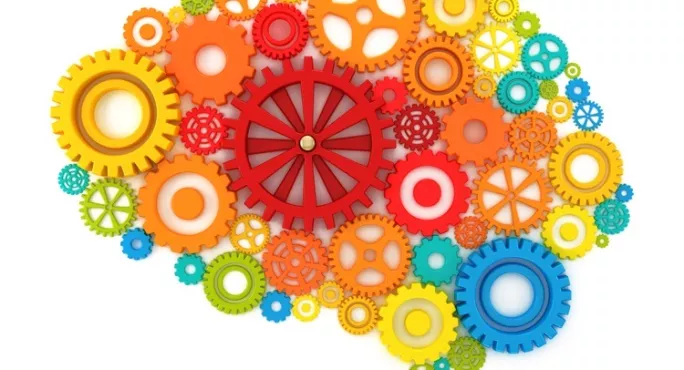When students sit in the exam hall, they tend to alternate between two things: writing furiously and looking around for inspiration.
The latter may not seem like a good use of time, but creating a location-specific memory palace can be a powerful technique.
The objects in the exam hall are likely to be permanent; things such as clocks, curtains and the whiteboard where the timings are written.
These can be used to help students visualise answers and remember key information. This is a memory palace.
Creating your own memory palace
You can design a revision lesson to help students use the exam environment to remember things. I tried this with my A-level PE class and together we transformed the exam hall into a memory palace.
We went to the hall where they would sit the exam and each student sat at a desk, in alphabetical order as they would be seated in an exam.
As a class, we identified seven objects that were going to be in the room when they sat down to complete their final exam paper.
We then took these seven objects and designated each of them one of the seven main areas of the A-level PE syllabus that we had covered.
Connecting objects with memories
A sheet of A3 white paper was placed next to each item and each student was given a different coloured pen.
I asked them a series of questions related to each topic and when they got the answer, they wrote it on the relevant sheet of paper.
Before long, there were seven sheets full of coloured writing up on the walls.
I let the students move around the room, absorbing the information, and then I took the sheets away to see how much they could remember by simply looking at the object.
I asked them to fill in some new blank sheets, which I again placed by the objects, purely to help them form the memory.
After the lesson, I made copies of the original sheets and handed them out to the class so that they could use them to revise.
Did it inspire exam success?
I can’t say for sure that the memory palace was the difference between achieving an A or a B, but the feedback from students was positive. They believed it had improved their memory recall skills.
I have since recreated this activity with a number of classes and they have reported the same: it was a useful jog to the memory while in the exam room.
So, why not give this effective revision technique a go? Transform the exam room into a mind palace for your students.
This is an edited version of an article in TES by Steve Miles, head of boys’ PE at Chesham Grammar
Visit our revision hub and wave goodbye to stress during exam season. It’s packed with tips, tricks and techniques that can help set your students on the path to success.
